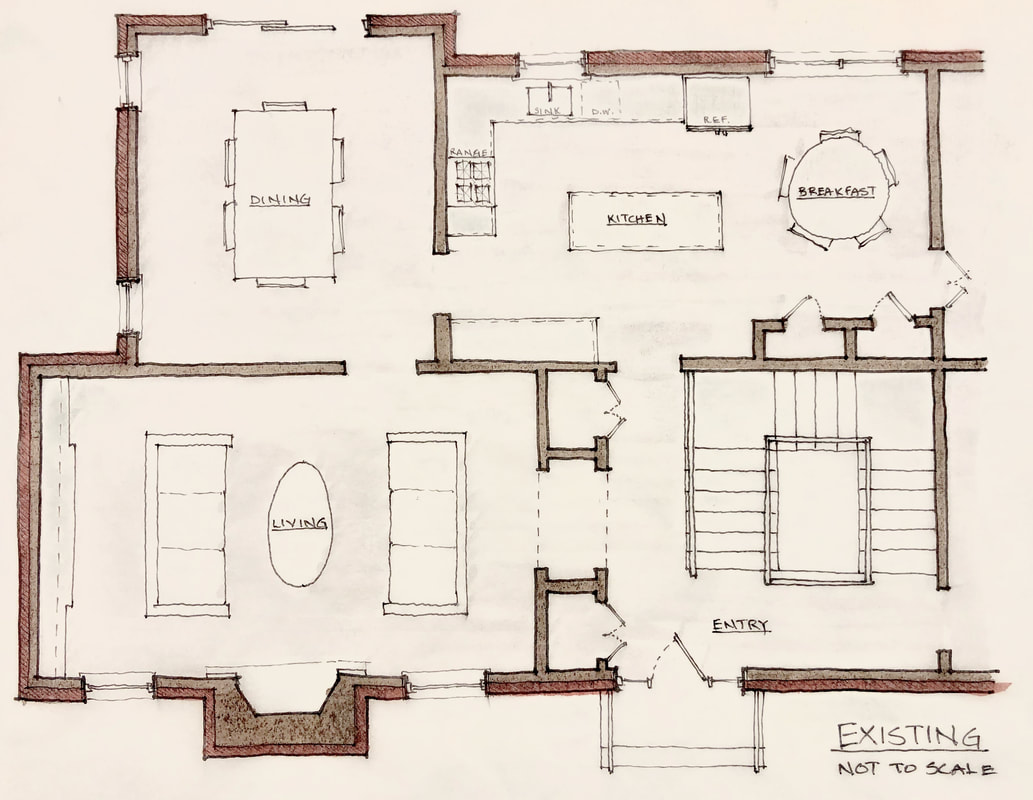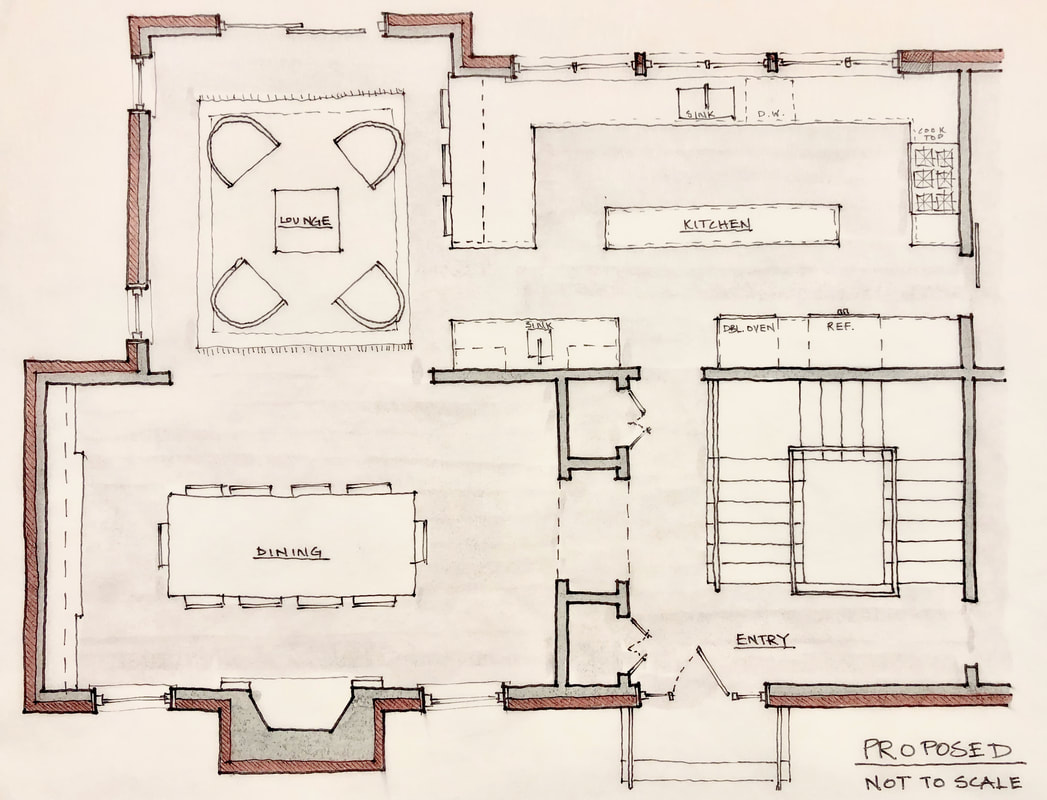|
In it’s never ending quest to give us shows we didn’t know we needed, Netflix launched Tidying Up with Marie Kondo earlier this month. Was it a coincidence that a show geared toward keeping your home clean debuted in unison with your new year’s resolution to get your life in order? I’m gonna go ahead and say that the folks at Netflix planned that one pretty carefully. If you haven’t seen it, the show is based on the uber best-selling book, The Life-Changing Magic of Tidying Up, also by Kondo. The gist of it is that you have too much stuff – way more stuff than you actually use, and that unnecessary stuff is creating clutter in and around your home. That literal clutter is creating figurative clutter in your head. My kids are super into Star Wars right now, so I’m imagining that if Yoda passed this message along to young Luke it would go something like this: So how can you apply this idea to remodeling? I’m so glad you asked…that made this segue so much easier for me – thank you! Most of us have underutilized rooms in our homes – or worse – unused rooms. They’re just there being glorified hallways – a relic from a previous generation’s space planning needs. What if we took a lesson from Yoda and applied the KonMari method to a fake home? What would that look like? Take a look at this floor plan, and you’ll see a few pretty typical problems:
To maximize the effectiveness of the spaces for the way we live today then, we can address the above by:
By doing this, we can hopefully provide the fake family that lives in this fake house a larger kitchen that is the hub of the home – a place where everyone can hang out without feeling cramped. At the same time there can also be an adjacent semi-private space that works as overflow to the informal kitchen; a place that because of eliminated redundancies, gets used more than twice a year. Here’s what that would look like: In the new kitchen above, the breakfast area is removed, and cabinetry expanded. This allows for more storage space, as well as plenty of room for family and guests to hang out – either at the island or sitting on a stool at the peninsula. By expanding the windows, the space will feel much larger, have much more natural light, and have a better connection to the outdoors. Removing the wall between the old kitchen and dining room created a strong connection between the two spaces. The old dining room space is much more flexible now – it could certainly still be an eating area, but I’ve drawn it here as a lounge – a casual space to hang out before, during, or after your meal. The opening between the old dining and living rooms was widened, which accomplished two things: first, the connection between the front of the house and the back is open and wide now, which creates a semi-private dining room that feel like its own space while also allowing for entertaining between rooms, and two, it makes sense of the existing architecture in the house by creating an axis between the sliding doors in the lounge and the fireplace in the dining area. By tidying up this space plan, this fake house is now set up for modern living, and trust me when I tell you that the fake family who lives here is thrilled. Bye for now, TJ This post was inspired by Marie Kondo's work in her Netflix show, as well as her book, which you can find here.
0 Comments
Leave a Reply. |
Archives
April 2035
Categories
All
|




